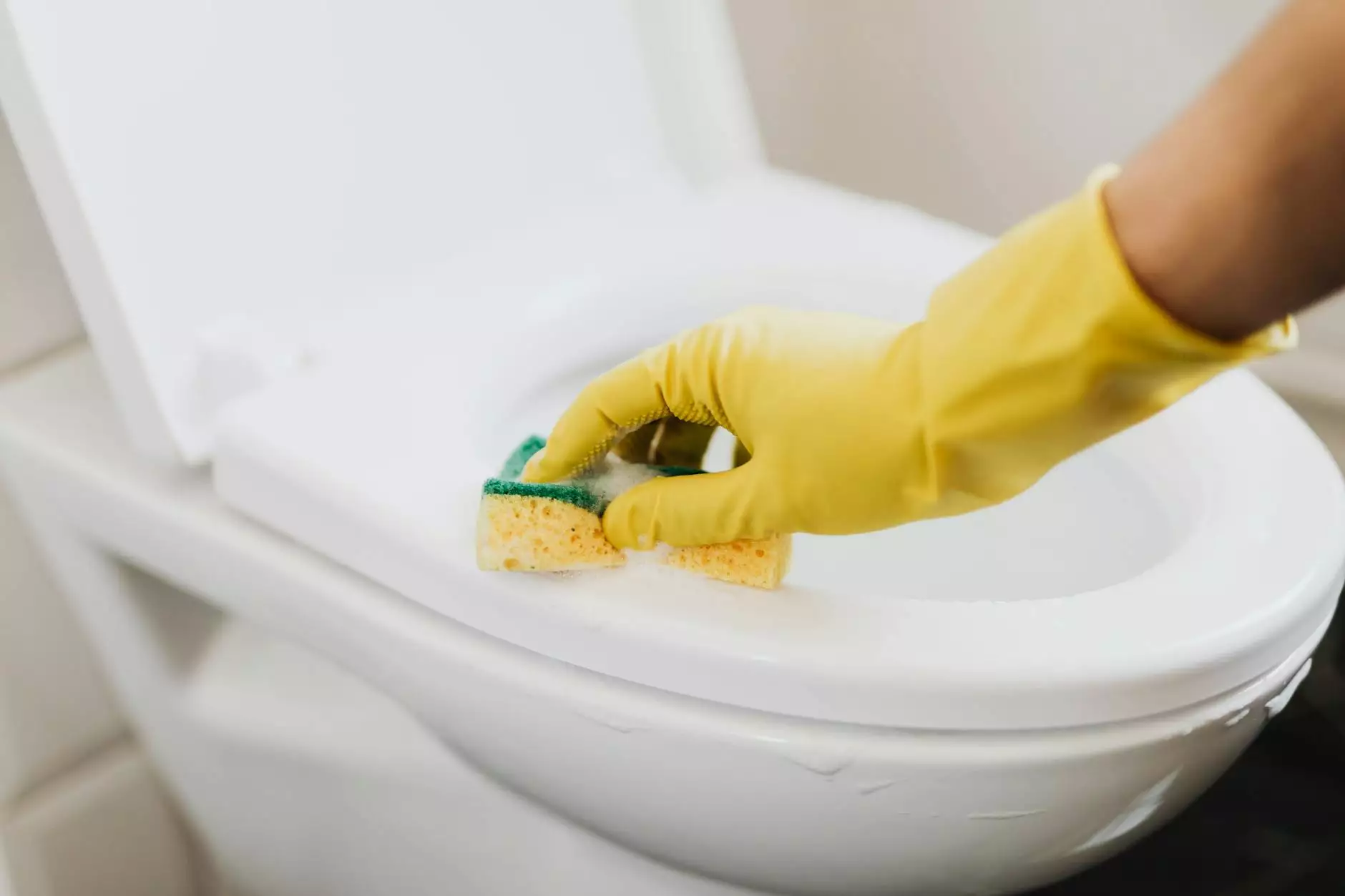DIY: How to Live Stream from Home
Blog
Introduction
Welcome to this comprehensive guide on how to live stream from home! In today's digital age, live streaming has become increasingly popular, offering individuals a unique platform to showcase their creativity, knowledge, and talent to a global audience. Whether you are a budding artist, musician, gamer, or just want to share your experiences, this guide will provide you with all the information you need to get started on your live streaming journey.
Understanding Live Streaming
Before diving into the technical aspects, it's crucial to have a clear understanding of what live streaming entails. Live streaming allows you to broadcast real-time audio and video content over the internet, allowing viewers to experience events, performances, or discussions as they happen. It creates an interactive and engaging experience, enabling direct interaction with your audience through chat features.
Choosing the Right Equipment
The first step in setting up your live streaming studio is selecting the right equipment. While you don't need to break the bank, investing in quality equipment will significantly enhance the overall streaming experience. Here are some essential items to consider:
1. Camera
A high-quality camera is the backbone of your live streaming setup. Opt for a camera that offers excellent video resolution, low-light performance, and the ability to connect to your computer or streaming device. Popular options include DSLRs, mirrorless cameras, and webcams.
2. Microphone
Good audio quality is equally important when live streaming. Choose a microphone that captures clear and crisp sound, minimizing background noise. Options range from USB microphones, lavalier microphones, to shotgun microphones.
3. Lighting
Proper lighting improves the overall visual quality of your stream. Invest in lighting equipment such as LED panels, ring lights, or softboxes to ensure your viewers have a clear view of your content, regardless of the time of day.
4. Internet Connection
A stable and high-speed internet connection is crucial for a smooth live streaming experience. Consider using a wired Ethernet connection instead of relying solely on Wi-Fi to minimize potential disruptions.
Software and Platforms
Once you have your equipment ready, it's time to explore the various software and platforms available for live streaming. Here are some popular options:
1. OBS Studio
OBS Studio (Open Broadcaster Software) is a free and open-source software that provides advanced streaming options and customizable settings. It supports multiple platforms and offers features like scene switching, overlays, and more.
2. Streamlabs OBS
Streamlabs OBS is a user-friendly streaming software that integrates with popular platforms like Twitch, YouTube, and Facebook Live. It offers a range of pre-built themes and overlays, making it easy to customize your stream's appearance.
3. Twitch
Twitch is a leading live streaming platform primarily focused on gaming. It offers a thriving community of streamers and viewers, with various monetization options available for creators.
4. YouTube Live
YouTube Live enables you to stream live video content directly to your YouTube channel. It provides extensive reach and visibility, allowing you to engage with your existing subscribers and attract new ones.
Setting Up Your Live Stream
After selecting the appropriate equipment and software, it's time to set up your live stream. Let's go through the following steps:
1. Prepare Your Content
Outline the purpose and format of your live stream. Whether it's a tutorial, performance, or discussion, having a clear plan will keep your stream organized and engaging.
2. Test Your Equipment
Before going live, conduct thorough equipment tests to ensure everything is working correctly. Check the audio levels, video quality, and internet connection stability.
3. Customize Your Stream
Utilize the customization features provided by your chosen software to create an appealing and professional-looking stream. Customize overlays, alerts, and widgets to enhance viewer engagement.
4. Engage with Your Audience
Interact with your viewers during the stream through the chat feature. Respond to comments, answer questions, and make your audience feel involved and appreciated.
Promoting Your Live Stream
After setting up your live stream, it's crucial to promote it effectively to attract and maximize your viewership. Here are some strategies to consider:
1. Utilize Social Media
Share information about your upcoming live stream on your social media platforms. Create engaging posts, use eye-catching visuals, and encourage your followers to spread the word.
2. Collaborate with Others
Partnering with other content creators or influencers can help expand your reach. Consider collaborating on a live stream or promoting each other's streams to tap into new audiences.
3. Schedule Regular Streams
Consistency is key when building an audience for your live streaming channel. Establish a regular streaming schedule, so your viewers know when to expect new content from you.
4. Engage with Your Community
Build a loyal community by responding to comments, engaging in discussions, and taking feedback into account. Encourage viewers to share their experiences and provide suggestions for future streams.
Conclusion
Congratulations! You have now learned how to live stream from home like a pro. By following this comprehensive guide, you are well-equipped to start creating incredible live content that will captivate and engage your audience. Remember, practice makes perfect, so don't be discouraged if your first few streams don't go as planned. With time and dedication, you'll refine your skills and find your unique streaming style. Now, go out there and share your passion with the world through the power of live streaming!




